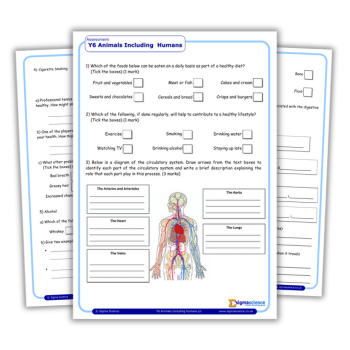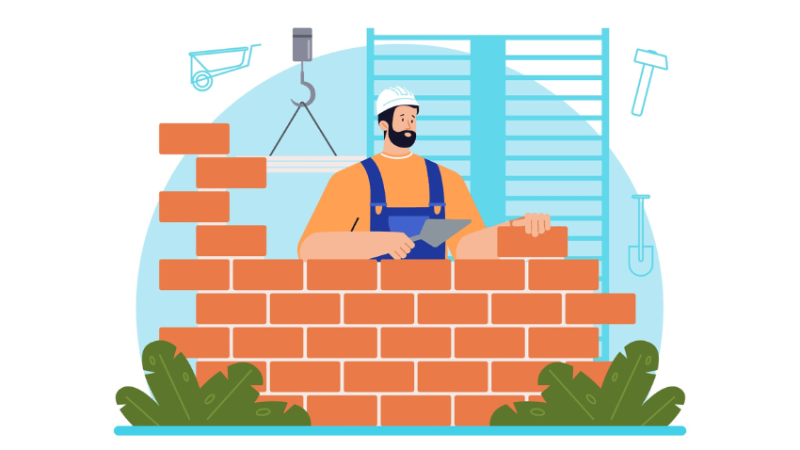Assess 230 Stories In An Hour – How Comparative Judgement Will Annihilate Your Marking Workload

Forget individually going over each piece of writing – get all staff involved in a collaborative marking scheme and save everyone time

- by Craig Westby

Have you ever had that feeling? You know, the close-your-eyes-and-take-a-deep-breath feeling? The one that accompanies that last piece of independent writing – the piece that needs an Enigma machine to decode and more than a few full stops.
Don’t worry. You are not alone. What’s more, help is available. And it comes in the form of assessment using comparative judgement (CJ).
What is comparative judgement?
In a nutshell, CJ is a different way of assessing tasks. Forget using prescriptive mark schemes, assessing each piece individually or managing only three pieces in an hour. With CJ, you make a series of judgements against pairs of tasks.
In my school, we looked at assessing writing with CJ in Y1-6 using Dr Chris Wheadon’s online tool, No More Marking. We asked the question: which piece of writing is better? Judges were then shown a number of scripts in pairs and simply clicked on the one they thought was better.
It’s so much faster than marking one individual script, but my favourite aspect of CJ is that everyone in our school got involved.
Teaching assistants in Y1 read scripts from upper KS2, where normally they wouldn’t even be involved in the writing assessment process – great CPD.
Staff have been to many moderation sessions – internally and externally – and we can honestly say this was the most pleasurable experience we’ve had. There was a real buzz in the room. Staff from opposite ends of the school were engaged in conversations about the children’s writing, sharing the snippets of quality, humour and down-right ridiculousness that come from brilliant young writers.
There are three reasons we explored an alternative to the historical system of writing assessment:
1. Workload To my dismay, I still hear and read about teachers spending two to three hours assessing and moderating writing. Last year’s report, Eliminating Unnecessary Workload Associated with Data Management, recommends only collecting data that is ‘purposeful, valid, and reliable’ and to ‘be prepared to stop collecting data if the burden of collection outweighs their use.’
So with that, we ditched the archaic, inefficient methods. I don’t think we need comparative judgement to tell us which is more efficient: moderating three pieces in two hours or 230 in just one.
2. Honesty Writing assessment at the end of KS1 and 2 is a game of smoke and mirrors at the moment – even with the new guidance. We stripped back our writing assessment task to the bare bones: no planning guidance, no pooling of ideas, no working walls. No help.
However, unlike the KS2 writing assessment of old, we didn’t want the children to feel rushed, so we were flexible with timings. And do you know what? We got some amazing pieces of writing back. We still had that feeling with some of them, but it was all genuine.
3. Creativity The KS1/2 secure-fit model asks pupils to demonstrate all of the standards, without exception. Before that was the slightly better rubric system. The issue with both of these approaches is that original or creative pieces of writing fail because they don’t meet all of the rubric or standards, while responses that have been heavily coached achieve expected standard or fit the rubric.
Surprise, surprise
The biggest surprise in our experience was a high performing Y1 child who was actually writing to a Y5 standard. We knew they were a proficient writer, but we didn’t realise quite how good they were. Other revelations were our ‘top’ writer ranking 39th in the school and some children in the top 20 that we never would have expected.
We examined scripts in follow-up staff meetings to explore these revelations further. We decided to focus on story writing, plotting and grammar. Now we’re looking forward to seeing the next round of results.
If nothing else, CJ allows teachers to make quick judgements about pupils’ work and moderate those judgements at the same time. It doesn’t claim to be the answer to all assessment problems. But we’ve found that you get a lot less of that feeling and a lot more of another feeling – the feeling you’re reliably and efficiently assessing young writers.
Craig Westby is the acting headteacher at Old Hill Primary School in Cradley Heath, West Midlands. Find out more about No More Marking at blog.nomoremarking.com.











